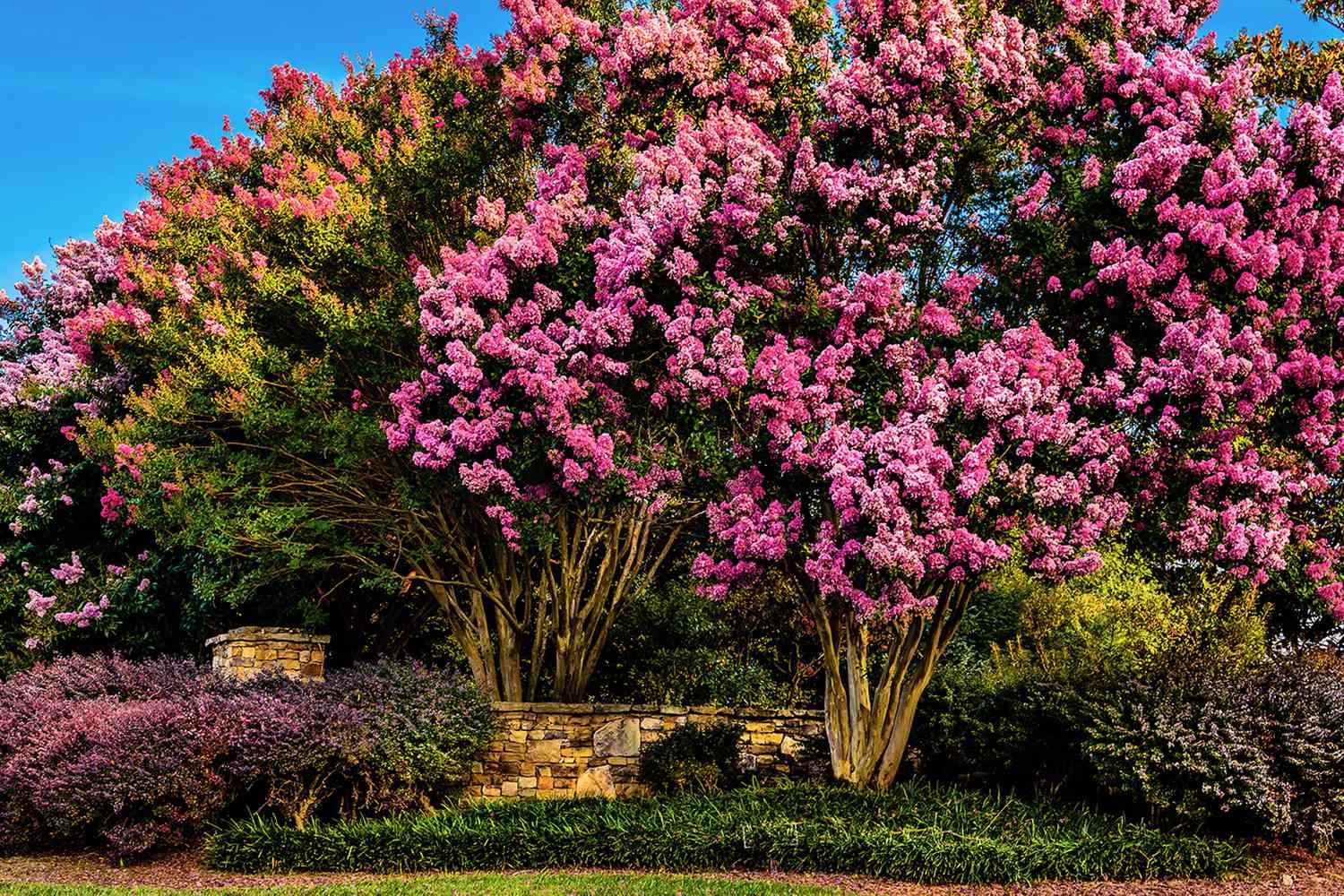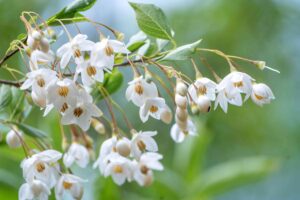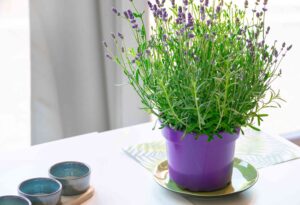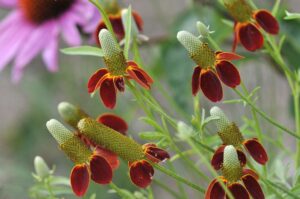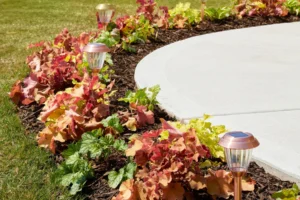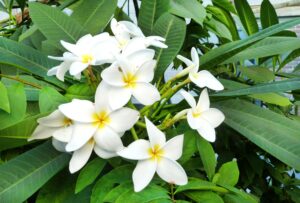10 Fast-Growing Flowering Trees for Your Landscape
Are you looking to add beauty, color, and shade to your yard without waiting decades? Fast-growing flowering trees offer the perfect solution for impatient gardeners and homeowners who want to transform their landscapes quickly. These botanical superstars can add incredible value to your property while providing environmental benefits like improved air quality, wildlife habitat, and energy conservation through strategic shading.
In this comprehensive guide, we’ll explore ten spectacular fast-growing flowering trees that thrive in US growing conditions, their care requirements, and how to incorporate them into your landscape design for maximum impact.
Why Choose Fast-Growing Flowering Trees?
Before diving into specific tree varieties, let’s understand why fast-growing flowering trees have become increasingly popular in the US market:
- Quick Impact: Many fast-growing trees add 2-3 feet of height annually, creating privacy screens and landscape focal points in just a few years
- Cost-Effective: Purchasing smaller, younger trees and allowing them to grow quickly saves significant money compared to buying mature specimens
- Environmental Benefits: Trees improve air quality, reduce erosion, provide wildlife habitat, and can reduce energy costs through strategic shading
- Seasonal Interest: Flowering trees provide spectacular spring displays, summer shade, and often excellent fall color
- Property Value: Well-placed trees can increase property values by 5-20% according to the USDA Forest Service
According to the USDA Urban Forest Systems, “Properly placed trees can reduce air conditioning needs by 30 percent and save 20–50 percent in energy used for heating.” This makes fast-growing trees not just beautiful additions to your landscape but smart financial investments as well.
Top 10 Fast-Growing Flowering Trees for US Landscapes
1. Eastern Redbud (Cercis canadensis)
Eastern Redbud transforms from an ordinary-looking tree to a spectacular pink-purple explosion each spring. Native to the eastern United States, this tree delivers breathtaking color when most of the landscape is still waking up from winter.
Growth Rate: 1-2 feet per year Mature Size: 20-30 feet tall, 15-25 feet wide USDA Zones: 4-9 Flowering Period: Early spring, before leaves emerge Flower Color: Pink to purplish-pink
The Eastern Redbud works beautifully as a specimen tree in smaller yards or as part of mixed woodland edges in larger properties. Plant it where you can enjoy the spring display from indoor viewing areas. The heart-shaped leaves that follow the flowers add charming appeal throughout summer before turning yellow in fall.
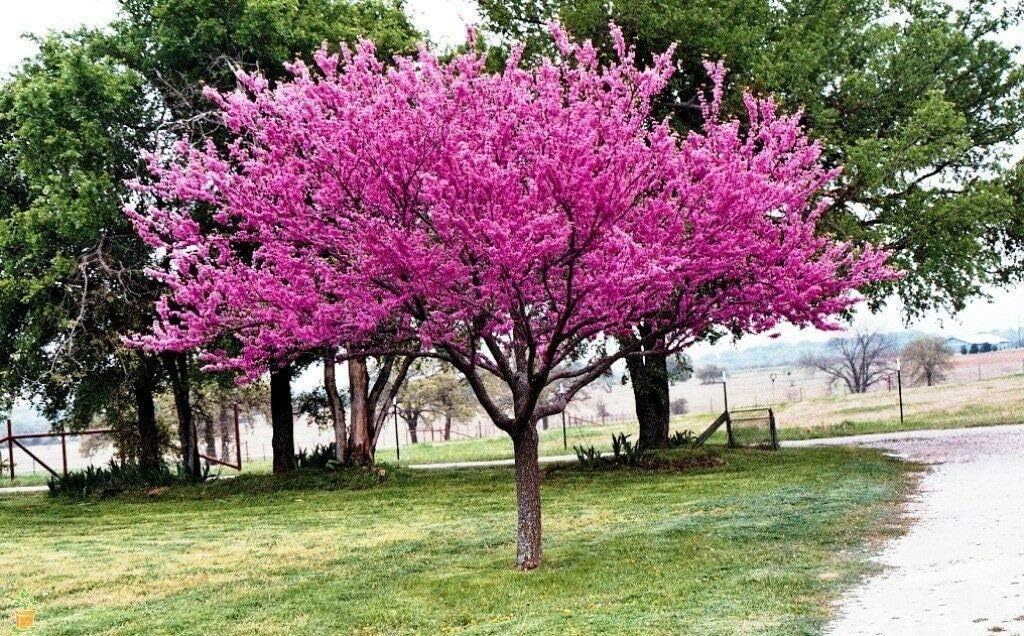
2. Crape Myrtle (Lagerstroemia indica)
Often called “the lilac of the South,” crape myrtles have become landscape staples across the southern and mid-Atlantic states. These versatile trees offer months of colorful blooms during summer’s heat when many other trees have finished flowering.
Growth Rate: 2-3 feet per year Mature Size: 15-25 feet tall, 6-15 feet wide (varies by cultivar) USDA Zones: 7-9 Flowering Period: Summer to early fall Flower Color: White, pink, red, lavender, or purple (depending on variety)
What makes crape myrtles truly special is their four-season appeal: gorgeous summer flowers, striking fall color, attractive exfoliating bark for winter interest, and fresh spring growth. With proper pruning (or often, less pruning than commonly practiced), these trees develop beautiful forms that enhance any landscape.
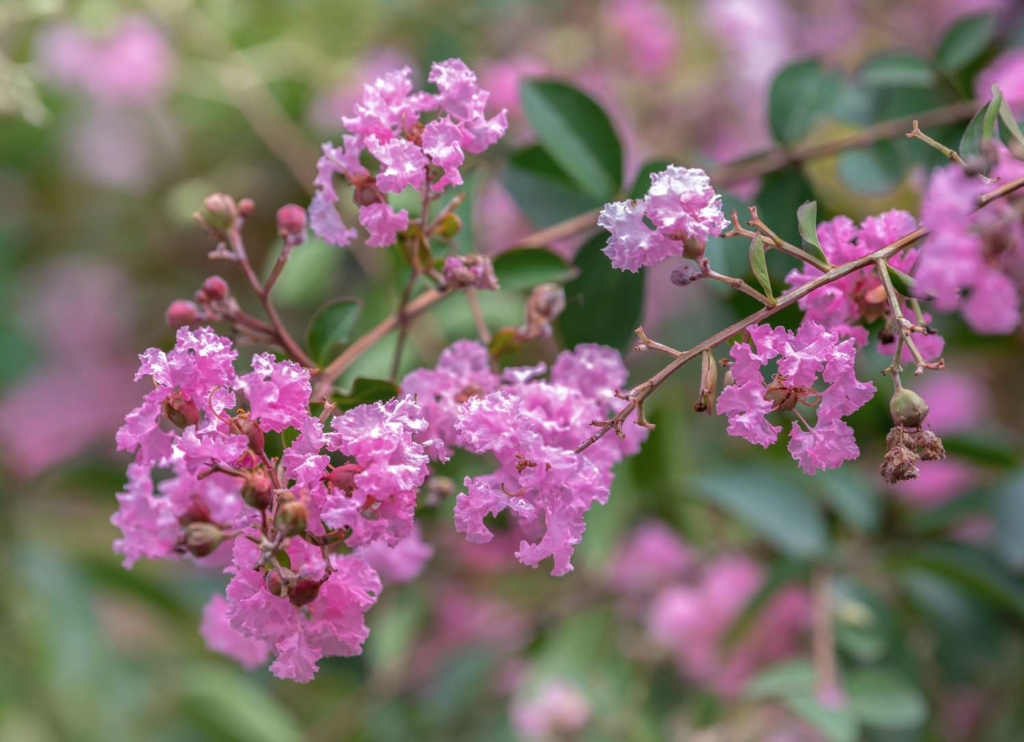
3. Tulip Poplar (Liriodendron tulipifera)
Despite its name, the tulip poplar isn’t actually a poplar but belongs to the magnolia family. This native American tree produces distinctive tulip-shaped yellow-green flowers that give it both its common name and unique appeal.
Growth Rate: 2-3 feet per year Mature Size: 70-90 feet tall, 40 feet wide USDA Zones: 4-9 Flowering Period: Late spring Flower Color: Yellow-green with orange band at base
While the flowers might not be as showy as some others on this list (they often appear high in the tree canopy), the tulip poplar compensates with incredible growth rate, majestic height, and attractive foliage that turns brilliant gold in autumn. This tree is ideal for larger properties where it has room to reach its full potential.
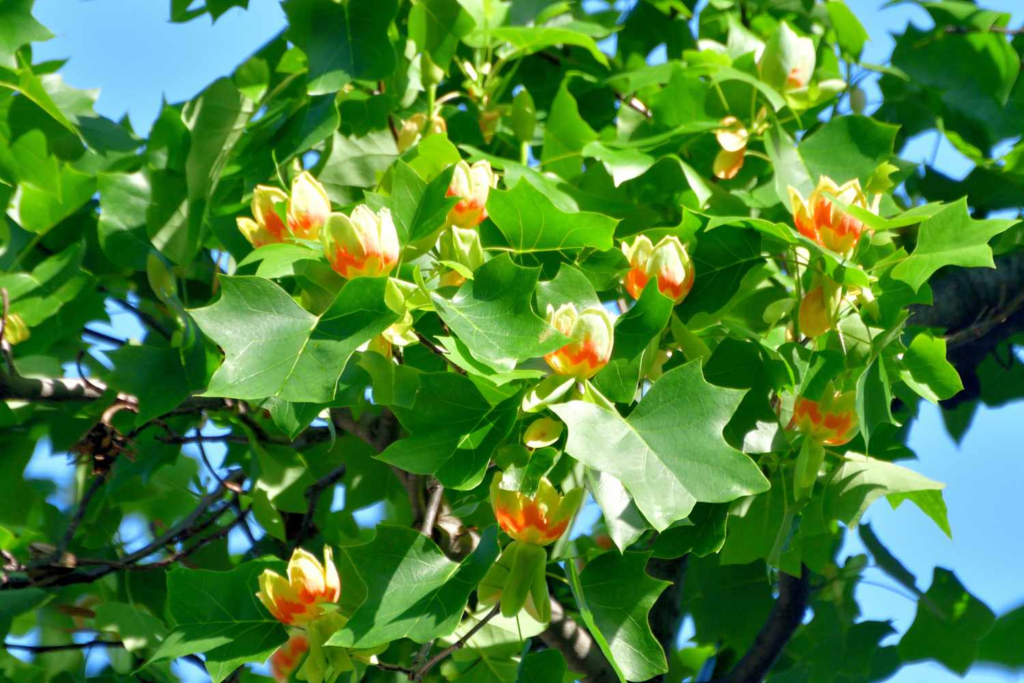
4. Royal Empress Tree (Paulownia tomentosa)
When it comes to combining rapid growth with spectacular flowering, few trees can compete with the royal empress tree. This Asian species produces dramatic clusters of fragrant purple flowers that resemble foxgloves.
Growth Rate: 3-4+ feet per year Mature Size: 30-50 feet tall, 30-40 feet wide USDA Zones: 5-9 Flowering Period: Early spring before leaf emergence Flower Color: Lavender to purple
You should know that while incredibly beautiful and fast-growing, the royal empress can be invasive in some regions. Check with your local extension office before planting, and consider sterile cultivars where available. The enormous heart-shaped leaves provide excellent shade through summer.
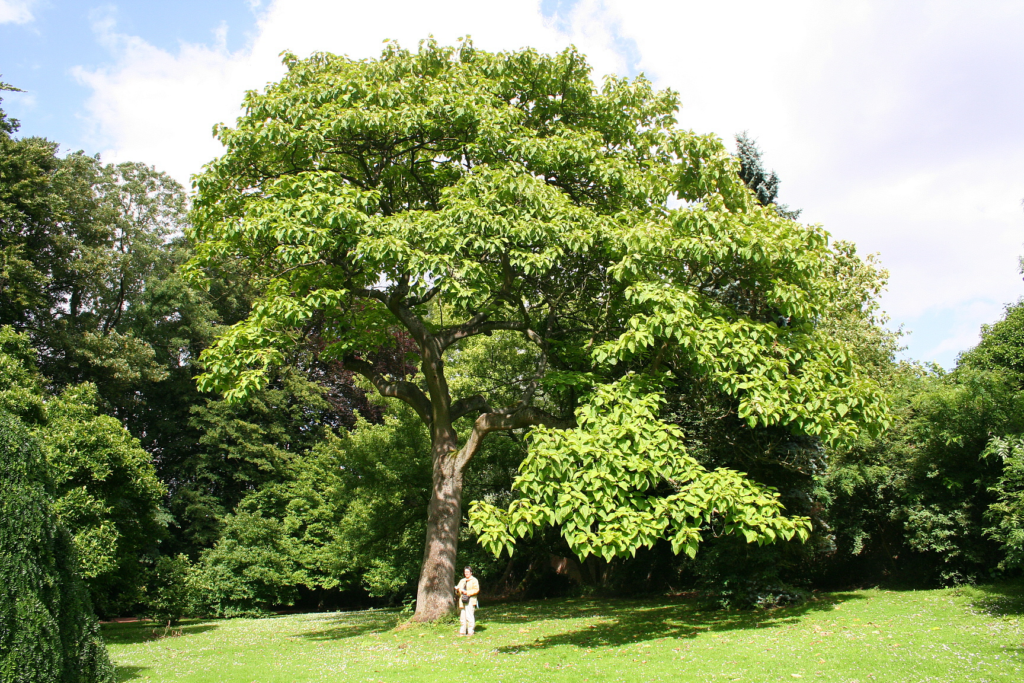
5. Cleveland Pear (Pyrus calleryana ‘Cleveland Select’)
An improved cultivar of the Bradford pear, Cleveland pear offers the same spectacular spring flowering but with stronger branch structure and more resilience to storm damage.
Growth Rate: 3-4 feet per year Mature Size: 30-40 feet tall, 15-20 feet wide USDA Zones: 5-8 Flowering Period: Early spring Flower Color: White
The upright, somewhat columnar form makes Cleveland pear excellent for smaller yards or street plantings where space is limited. The glossy green leaves maintain their color through summer before turning reddish-purple in fall. This tree is particularly valued for its uniform shape and reliable performance.
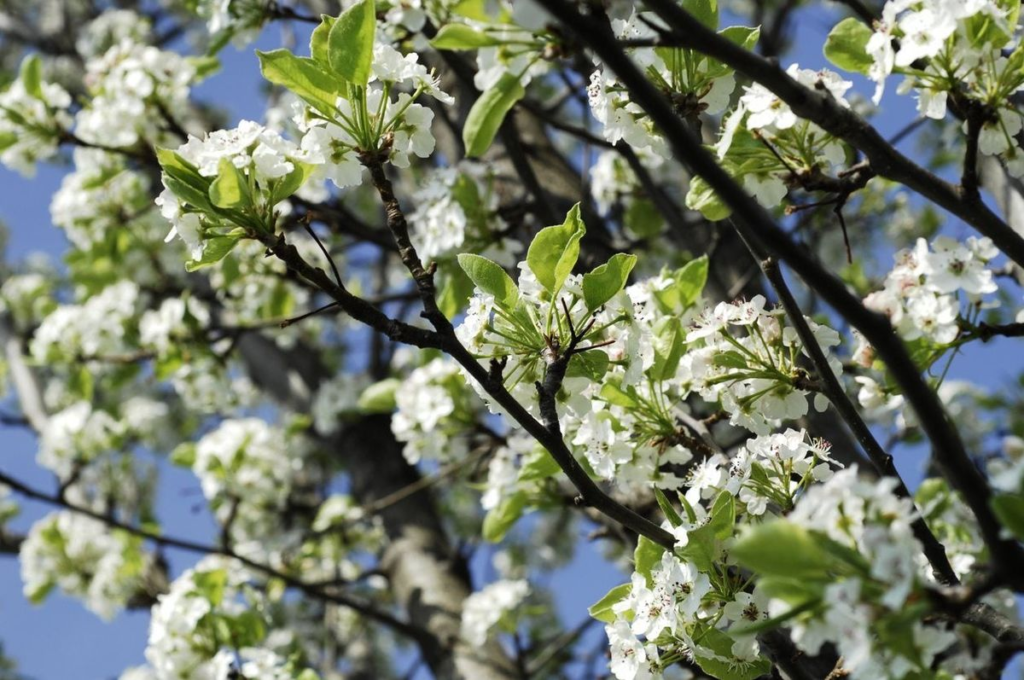
6. Desert Willow (Chilopsis linearis)
For those in drier western states, desert willow provides fast growth and beautiful trumpet-shaped flowers that attract hummingbirds and butterflies. Despite its name, it’s not a true willow but a member of the catalpa family.
Growth Rate: 1-3 feet per year Mature Size: 15-25 feet tall, 10-15 feet wide USDA Zones: 7-9 Flowering Period: Summer through fall Flower Color: Pink, lavender, purple, or white (varies by cultivar)
Desert willow’s drought tolerance makes it an excellent choice for xeriscaping and water-conscious landscapes. The slender, willow-like leaves and open structure create light, dappled shade, while the long blooming period provides months of color.
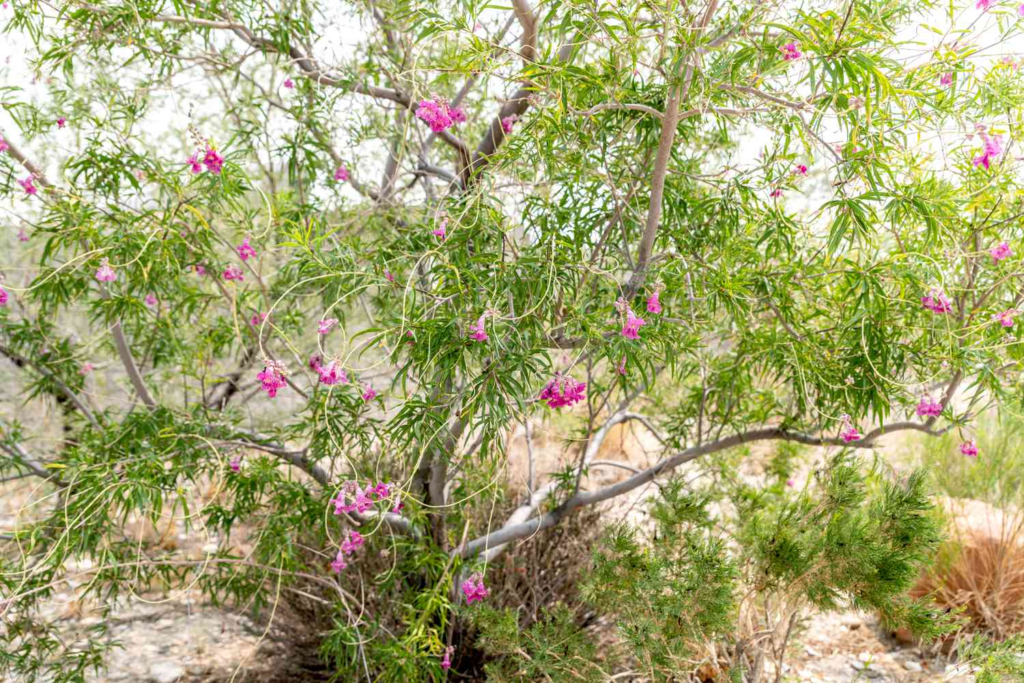
7. American Yellowwood (Cladrastis kentukea)
This native tree deserves more attention in American landscapes. The American yellowwood produces spectacular drooping clusters of fragrant white flowers that can transform the tree into a flowering fountain.
Growth Rate: 1-2 feet per year Mature Size: 30-50 feet tall, 40-55 feet wide USDA Zones: 4-8 Flowering Period: Late spring Flower Color: White
While slightly slower-growing than some others on this list, yellowwood makes up for it with outstanding flowering display, attractive rounded shape, and beautiful fall color. The smooth gray bark adds winter interest. Note that flowering can be somewhat cyclical, with spectacular displays every 2-3 years.
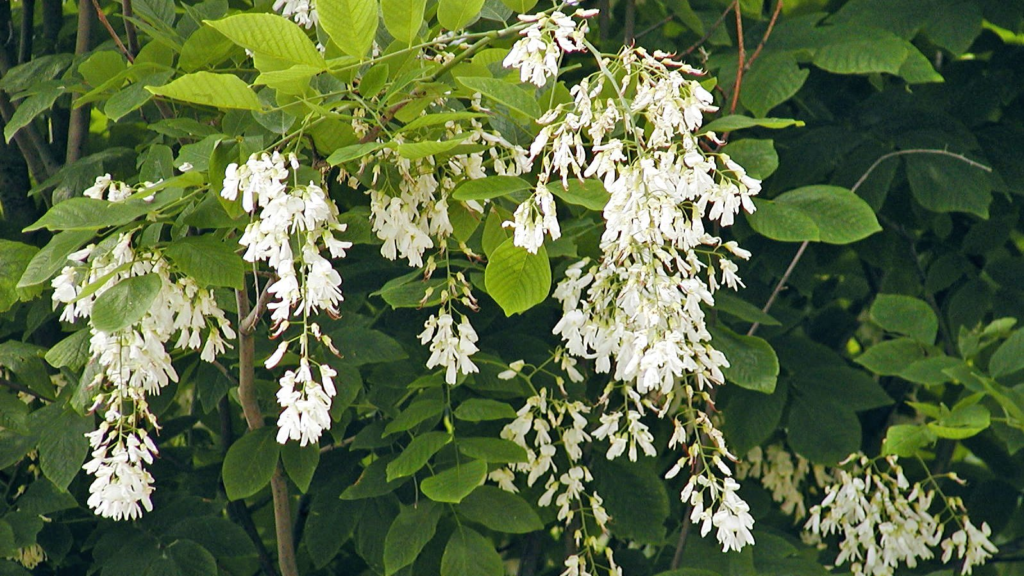
8. Golden Rain Tree (Koelreuteria paniculata)
For summer flowering when few trees are in bloom, the golden rain tree stands out with its large clusters of small yellow flowers followed by interesting papery seed capsules that resemble Japanese lanterns.
Growth Rate: 1-2 feet per year Mature Size: 30-40 feet tall, 30-40 feet wide USDA Zones: 5-9 Flowering Period: Midsummer Flower Color: Bright yellow
The golden rain tree provides excellent shade with its spreading canopy and compound leaves. It tolerates urban conditions well, including pollution, drought, and varied soil types. The late flowering period means its blooms are rarely damaged by spring frosts.
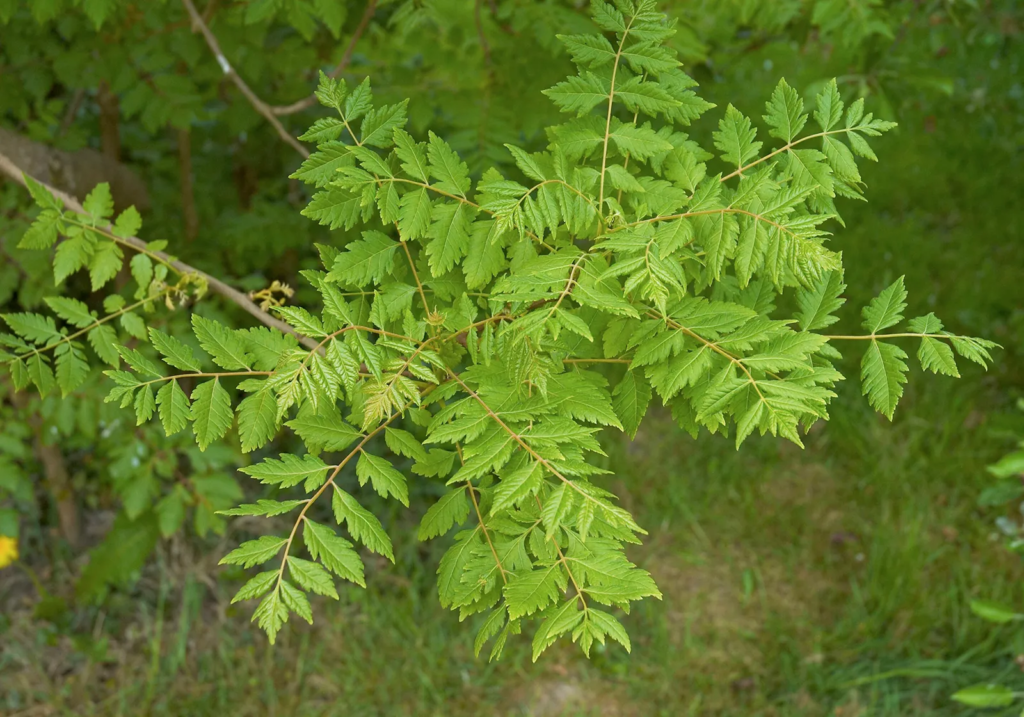
9. Mimosa/Silk Tree (Albizia julibrissin)
With feathery, fern-like foliage and exotic pink powder-puff flowers, the mimosa creates a tropical effect in temperate gardens. Its fast growth rate quickly establishes this distinctive tree in the landscape.
Growth Rate: 2-3 feet per year Mature Size: 20-35 feet tall, 25-30 feet wide USDA Zones: 6-9 Flowering Period: Summer Flower Color: Pink
The delicate, airy appearance of mimosa makes it a beautiful specimen tree. It’s particularly effective when planted where its silhouette can be appreciated against the sky or as a patio tree where its filtered shade creates comfortable outdoor living spaces. Be aware that it can be invasive in some southern regions.

10. Red Horse Chestnut (Aesculus × carnea)
A hybrid between red buckeye and European horse chestnut, this impressive tree combines the best features of both parents: faster growth, heat tolerance, and spectacular spring flowers.
Growth Rate: 1-2 feet per year Mature Size: 35-40 feet tall, 30 feet wide USDA Zones: 4-8 Flowering Period: Spring Flower Color: Pinkish-red
The upright clusters of pink-red flowers make a dramatic statement in spring landscapes. The tree’s dense, rounded canopy provides excellent shade, while its compound palmate leaves create interesting texture. It’s more disease-resistant than common horse chestnut but still delivers impressive ornamental qualities.
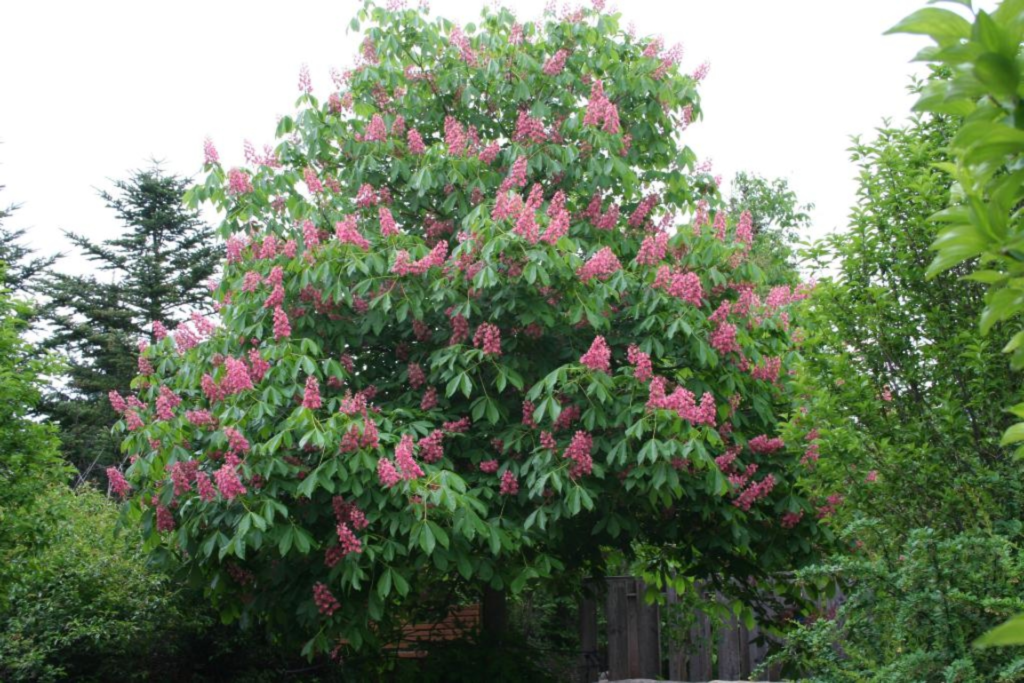
Comparative Analysis of Fast-Growing Flowering Trees
When selecting the right tree for your landscape, consider these key factors that impact success:
| Tree | Growth Rate (ft/yr) | Mature Height (ft) | Flowering Season | Drought Tolerance | Soil Preference | Special Features |
|---|---|---|---|---|---|---|
| Eastern Redbud | 1-2 | 20-30 | Early spring | Moderate | Adaptable, well-drained | Native, early bloomer |
| Crape Myrtle | 2-3 | 15-25 | Summer-Fall | High | Adaptable | Long bloom period, exfoliating bark |
| Tulip Poplar | 2-3 | 70-90 | Late spring | Low-Moderate | Rich, moist | Native, excellent fall color |
| Royal Empress | 3-4+ | 30-50 | Early spring | Moderate | Adaptable | Fragrant flowers, huge leaves |
| Cleveland Pear | 3-4 | 30-40 | Early spring | Moderate | Adaptable | Strong branching, uniform shape |
| Desert Willow | 1-3 | 15-25 | Summer-Fall | Very High | Sandy, well-drained | Drought resistant, long bloom |
| American Yellowwood | 1-2 | 30-50 | Late spring | Moderate | Deep, moist | Fragrant flowers, fall color |
| Golden Rain Tree | 1-2 | 30-40 | Midsummer | High | Adaptable | Summer flowers, ornamental seedpods |
| Mimosa/Silk Tree | 2-3 | 20-35 | Summer | High | Adaptable | Tropical effect, filtered shade |
| Red Horse Chestnut | 1-2 | 35-40 | Spring | Low-Moderate | Rich, moist | Disease resistant, dramatic flowers |
Planting and Care Tips for Fast-Growing Trees
To maximize the growth potential of these flowering trees, follow these essential care guidelines:
Planting for Success
The foundation for rapid, healthy growth begins with proper planting:
- Site Selection: Assess your site’s sun exposure, soil quality, and space constraints before selecting your tree
- Hole Preparation: Dig a hole 2-3 times wider than the root ball but no deeper than the root ball height
- Root Treatment: Gently loosen circling roots before planting to prevent girdling as the tree grows
- Proper Depth: Position the tree so the root flare (where trunk widens at base) sits slightly above soil level
- Backfill Carefully: Use the excavated soil without amendments for backfill, breaking up large clumps
According to the USDA Natural Resources Conservation Service, “Proper tree planting is essential for the long-term health and survival of trees. Trees that are planted correctly establish faster and live longer than improperly planted trees.”
Watering Strategies
Fast-growing trees often need consistent moisture, especially during establishment:
- First Year: Water deeply once or twice weekly during growing season (adjust based on rainfall)
- Second Year: Water during dry periods, typically every 10-14 days
- Established Trees: Most will be drought tolerant after 2-3 years, but regular deep waterings during extended dry periods will maintain health and growth
Fertilization Guidelines
While not always necessary, strategic fertilization can maximize growth rates:
- Newly Planted: Wait until the following spring to fertilize newly planted trees
- Established Trees: Apply a slow-release balanced fertilizer (such as 10-10-10) in early spring
- Soil Testing: Base fertilization on soil test results rather than arbitrary schedules
Pruning for Structure and Health
Proper pruning is essential for developing strong structure in fast-growing trees:
- Formative Pruning: Begin structural pruning when young to develop strong branch architecture
- Timing: Prune most flowering trees immediately after flowering to avoid removing next year’s flower buds
- Problem Branches: Remove crossing, rubbing, or inward-growing branches
- Less is More: Resist over-pruning, which can stimulate excessive weak growth
Landscaping With Fast-Growing Flowering Trees
To maximize the impact of your flowering trees in the landscape, consider these design principles:
Strategic Placement
- Focal Points: Place spectacular flowering specimens where they’ll be visible from key viewing areas, including windows and outdoor living spaces
- Framing: Use pairs of flowering trees to frame views or entryways
- Screening: Create privacy screens with rows or groupings of faster-growing varieties
- Energy Savings: Plant deciduous flowering trees on east, south, and west sides of your home to provide summer shade while allowing winter sun
Companion Planting
Create layered landscapes by combining flowering trees with:
- Spring Bulbs: Plant drifts of spring-flowering bulbs beneath early-blooming trees
- Understory Shrubs: Choose shrubs that flower at different times than your trees
- Perennial Borders: Edge tree plantings with perennials that complement the tree’s flowering season and color scheme
- Groundcovers: Use shade-tolerant groundcovers to reduce competition from lawn grasses and create finished landscapes
Conclusion: The Fast Track to a Beautiful Landscape
Fast-growing flowering trees offer the perfect solution for impatient gardeners who want to transform their landscapes quickly. By selecting the right varieties for your climate, site conditions, and design goals, you can enjoy spectacular seasonal displays, increased property value, and environmental benefits in just a few short years.
Remember that even fast-growing trees represent a long-term investment in your landscape. Take time to assess your site properly, select appropriate species, and provide proper establishment care. The rewards will be well worth the effort as you watch your landscape transform season by season.
With the ten exceptional trees highlighted in this guide, you’re well-equipped to make informed choices that will bring beauty, shade, and ecological value to your property for many years to come. Happy planting!
